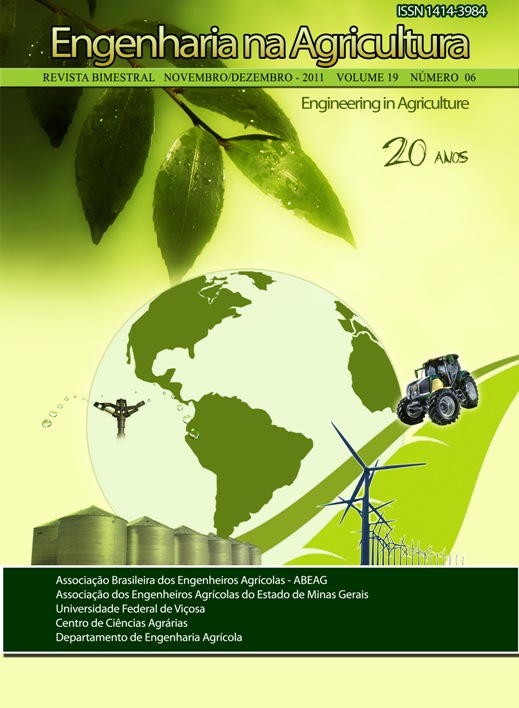POSTURAL AND BIOMECHANICAL ANALYSIS OF WORKERS IN BROILER SLAUGHTERHOUSE
DOI:
https://doi.org/10.13083/reveng.v19i6.217Keywords:
ergonomia, avicultura, abatedouro.Abstract
Poultry raising and consumption have increased greatly in recent decades, specially due to population growth in large urban centers. Parallel to this development, began to pay attention to how activities are performed, and the machinery, equipment and facilities in the broiler industry influence the occurrence of injury. Based on the risk that activities performed at the slaughterhouse present, this work aimed to evaluate the postural and biomechanical analysis of employees working in that facility. Postures and biomechanics of workers were analyzed from photographic records of the individual in a situation of actual work. The postural analysis was interpreted using the OWAS method (Ovako Working Posture Analyzing System) and for the biomechanical evaluation it was used a two-dimensional biomechanical model computer program for predicting postures and strength (Michigan). After collecting all data, it was observed that the postures adopted to unload chicken boxes off the truck and to clean the scalding and plucking sector, as well as the act of lifting and pushing boxes from various sectors to the freezing area, are worth checking in a short term. With respect to biomechanics, it was observed that the loading of boxes with chicken pieces, coming both from the cutting room and the shredded sector, can injure elbows and shoulders of workers. Thus, it can be concluded that the weight of loads and incorrect postures are responsible for injuries that affect the health of employees working in the slaughterhouse.Downloads
Downloads
Published
How to Cite
Issue
Section
License
Authors who publish with this journal agree to the following terms:
The author(s) authorize(s) the publication of the text in the journal;
The author(s) ensure(s) that the contribution is original and unpublished and that it is not in the process of evaluation by another journal;
The journal is not responsible for the views, ideas and concepts presented in articles, and these are the sole responsibility of the author(s);
The publishers reserve the right to make textual adjustments and adapt texts to meet with publication standards.
From submission, the author is fully conceding the paper's patrimonial rights to the publication, but retaining the owner of its moral rights (authorship and paper's identification) according to Creative Commons Attribution-Noncommercial.








 Licensed by
Licensed by 